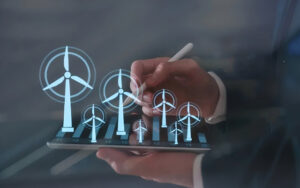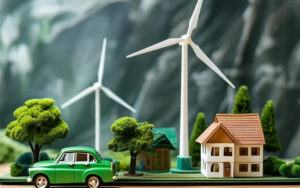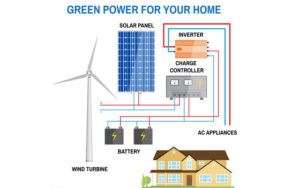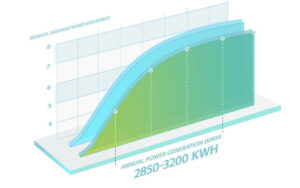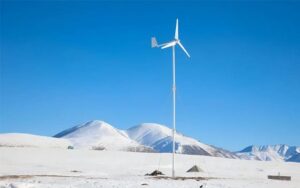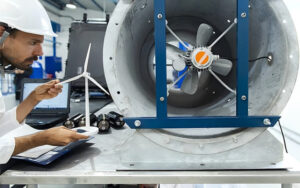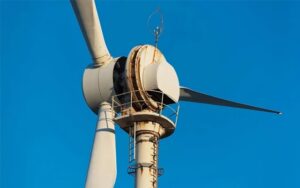
Sodium-ion vs Lithium-ion Batteries: The Future of Energy Storage
As renewable energy technologies continue to expand, efficient and reliable energy storage has become the foundation of sustainable power systems. For years, lithium-ion batteries have




